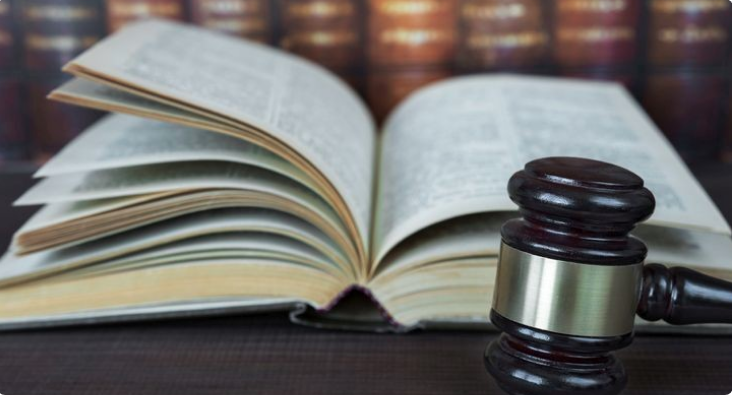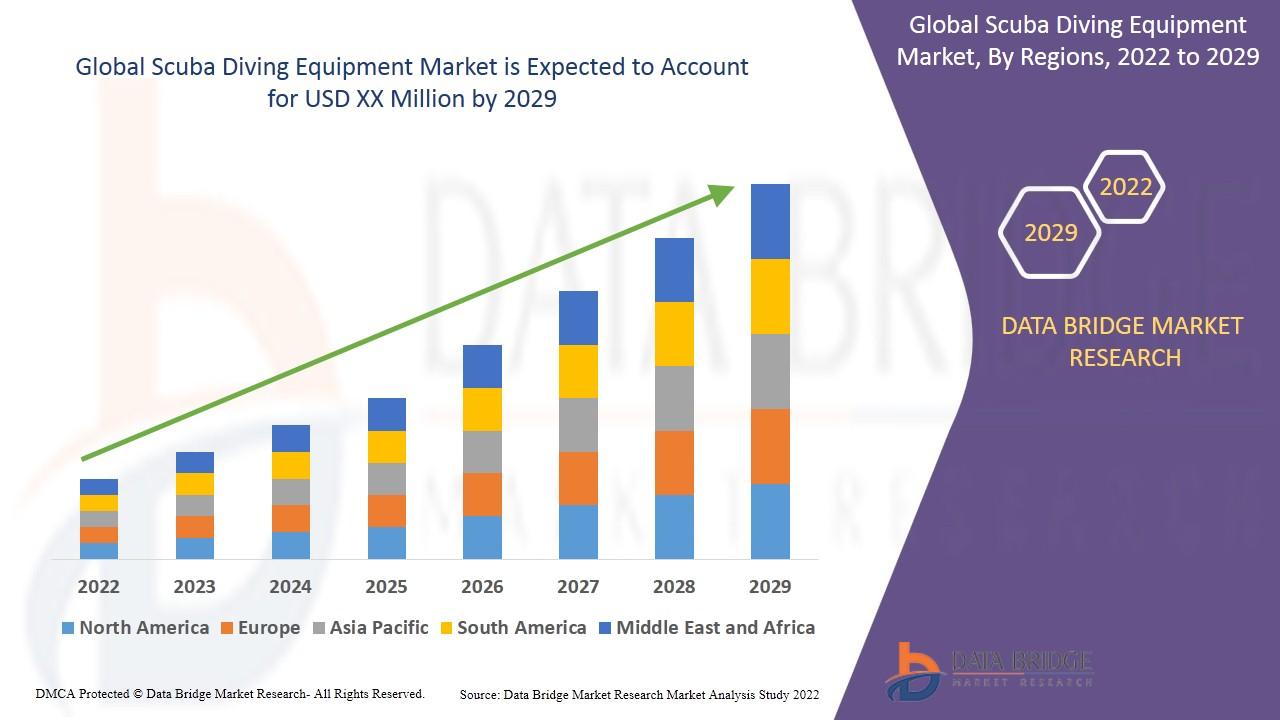Is Contingency Fee Patent Litigation Right for Your IP Case?

Understanding the Basics of Contingency Fee Patent Litigation
Patent litigation is one of the most complex and costly areas of intellectual property law. Enforcing your patent against an infringer often requires years of legal work, expert witnesses, and substantial financial resources. For many inventors, startups, and small businesses, these costs are a barrier to justice. Contingency fee patent litigation offers a way to pursue your claim without paying legal fees upfront. In this arrangement, your attorney is only paid if your case is successful, usually as a percentage of the settlement or judgment. This fee structure shifts the financial risk from you to the attorney, making legal action accessible to those who might otherwise be unable to afford it.
How Contingency Fee Patent Litigation Works
Under a contingency fee agreement, your attorney takes on the case with the understanding that they will only get paid if they win or settle on your behalf. The percentage they receive is agreed upon in advance, and it typically ranges depending on the complexity of the case, the potential damages, and the stage at which the case is resolved. The attorney will also often front the litigation expenses, such as court filing fees, expert witness costs, and document preparation, recouping them only if the case is successful.
Why This Model Benefits Inventors and Small Businesses
Traditional patent litigation can cost hundreds of thousands—or even millions—of dollars in attorney fees and related expenses. Large corporations can absorb these costs, but for smaller entities, they can be prohibitive. A contingency fee arrangement allows inventors and entrepreneurs to enforce their rights without risking financial ruin. This levels the playing field, enabling smaller parties to stand up to larger, better-funded opponents.
Attorney and Client Interests Are Aligned
In a contingency fee model, your attorney’s payment depends entirely on the outcome of your case. This creates a shared goal: both you and your lawyer are motivated to win. This alignment often results in a more aggressive and strategic litigation approach, with your attorney dedicating significant time and resources to building a strong case. It also means your lawyer is selective—only taking on cases with a high likelihood of success—so if they agree to represent you, it’s a strong signal that your case has merit.
When Contingency Fee Patent Litigation Makes Sense
This approach is most suitable for cases where the potential damages are significant enough to justify the attorney’s investment. If your patent is being infringed in a way that is causing substantial financial harm—or has the potential to generate substantial damages—contingency fee litigation may be the best option. It’s also ideal if you have a strong case but lack the resources to pay for hourly legal representation.
Potential Drawbacks to Consider
While the benefits are clear, contingency fee litigation isn’t for everyone. Because attorneys take on the financial risk, they are selective about the cases they accept. If the expected damages are relatively small, or if the case has uncertain prospects, a lawyer may decline to take it on contingency. Additionally, the percentage of recovery paid to your attorney can be significant, meaning you may receive less than if you had paid an hourly fee—but without the risk of losing large sums if the case fails.
The Role of a Contingency Fee Patent Attorney
A contingency fee patent attorney not only litigates your case but also serves as a strategic partner. They will investigate the infringement, gather evidence, hire expert witnesses, and develop a litigation plan that maximizes your chances of success. Since they invest their own time and resources, they are motivated to seek the highest possible recovery, whether through settlement or trial.
How to Decide If This Approach Is Right for Your IP Case
Ask yourself the following:
-
Do you have a strong case with clear evidence of infringement?
-
Is your patent commercially valuable or capable of generating significant damages?
-
Do you lack the resources to pay legal fees upfront?
-
Are you willing to share a percentage of the recovery with your attorney?
If you answered “yes” to these questions, contingency fee patent litigation may be the right choice for you.
FAQ: Contingency Fee Patent Litigation
Q1: What percentage does a contingency fee patent attorney usually take?
A: The percentage varies but typically ranges from 30% to 40% of the recovery, depending on case complexity and when it is resolved.
Q2: Who pays the litigation expenses in a contingency case?
A: In most arrangements, the attorney advances the costs and recovers them from the settlement or judgment if you win. If you lose, the attorney usually absorbs these costs unless your agreement states otherwise.
Q3: Can I switch to a contingency fee arrangement after starting with an hourly attorney?
A: In some cases, yes, but it depends on the attorney’s willingness and the stage of the litigation.
Q4: Does a contingency fee mean my attorney will take any case?
A: No, attorneys are highly selective. They take cases they believe have a strong likelihood of success and sufficient potential damages to justify the investment.
Q5: Is contingency fee patent litigation only for lawsuits?
A: While it is most common in litigation, some contingency arrangements can apply to licensing negotiations and settlement discussions involving infringement claims.





